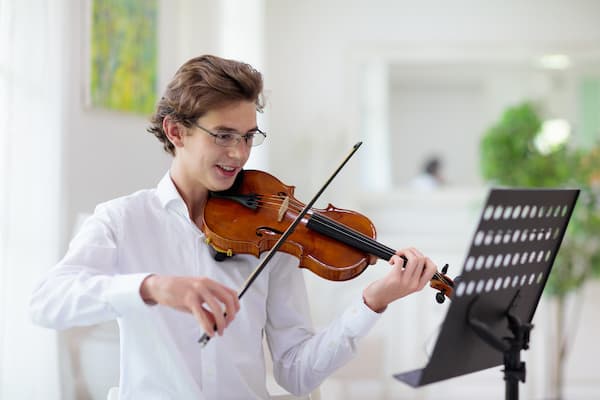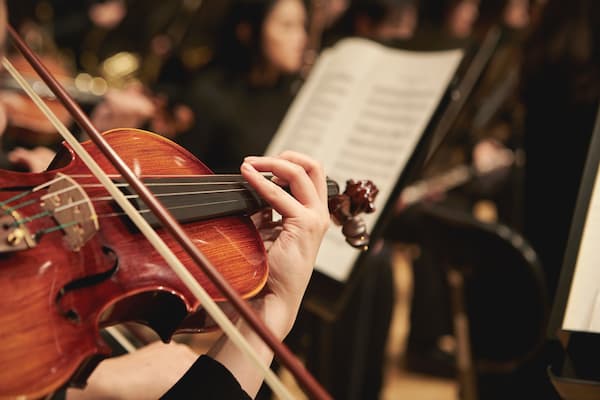Have you ever thought about learning to play the viola? This beautiful and unique instrument has a different range and sound than the violin or cello. The viola has its own vast array of pieces written specifically for it, which you will not get with other instruments. The music is read from the alto clef instead of the treble clef or bass clef like most other string instruments. The viola is a key element of a string quartet and an orchestra. Though this instrument resembles a violin, its size and tuning is different. When played well, the viola has a deep, rich, beautiful sound. Yet, the viola is frequently the object of derision of other string instrument musicians.


The shape of the violin and viola are similar. However, the viola is larger in size than the violin. This difference in size also affects their sound quality. While both instruments can produce a wide range of tones, the viola produces a deeper, richer sound than the violin.
Tuning is a skill learned in time. Most beginners will start with fine tuners at the bottom of the instrument. Once becoming more comfortable with the pegs, they can be used to tune as well. The pegs take some skill to know how to turn them without snapping the strings or releasing them all together. Using double stops is also a good way to tune at a more advanced level.
The general guidelines are:
Over time, strings become thin and can snap when tuning or playing. The broken string should be removed and then replaced with a new string. Rarely should the whole set need to be replaced at once. It can take some time for new strings to adjust, so it is not advisable to replace them before a big event.
When not being played, the bow should be loosened so the hair will not be stretched and has time to relax. The bow needs to be tightened in order to play but never made too tight. There should still be a curvature on the bow stick.
The rosin gives resistance on the bow. Rosin is a resin that comes from pines or plants. Without rosin, the bow will just glide across the strings, producing no sound. The bow must be rosined often. The rosin will often leave behind a small white residue on the viola. This will need to be wiped off to avoid a sticky mess on the wood.
Light rosin is generally hard and less sticky. It is ideal for warmer climates and areas with high humidity levels. Light rosin is best suited for violins and violas and creates less dust. Dark rosin is generally softer and stickier than light rosin. It is best used in cooler climates and in dry areas. Dark rosin is best suited for cellos and doubles basses and creates more dust. Violas can use dark or light rosin. It is a preference. One could use light rosin in the summer and dark rosin in the winter or whichever is best suited to the player.
With the school being conveniently located in Orange Park, it is just a short drive for our students from Fleming Island, Green Cove Springs, Oakleaf, and Jacksonville.
For those who are not local, virtual lessons are also available.
[instagram-feed feed=1]

©2024. All Right Reserved. Built by Berean Web